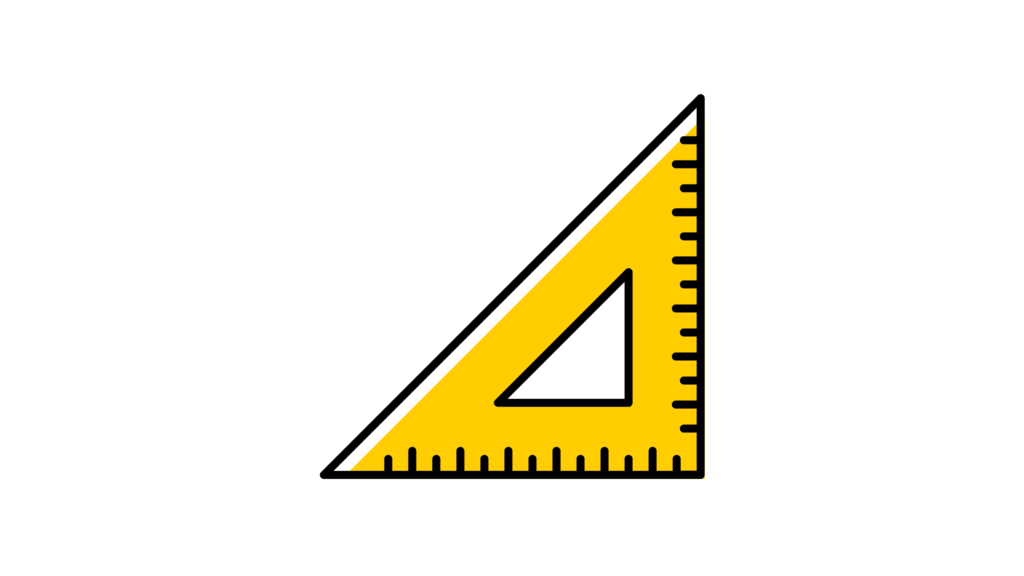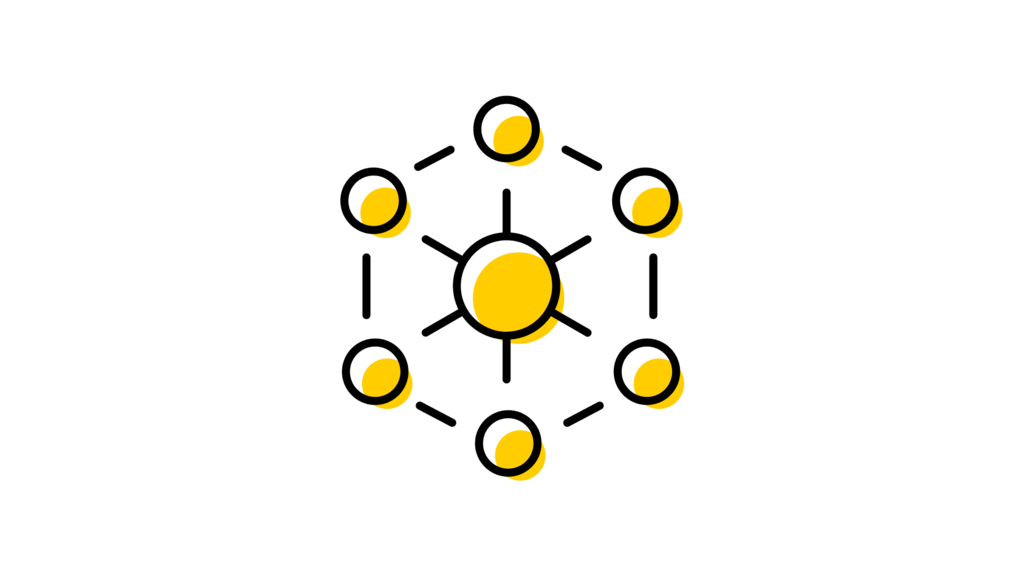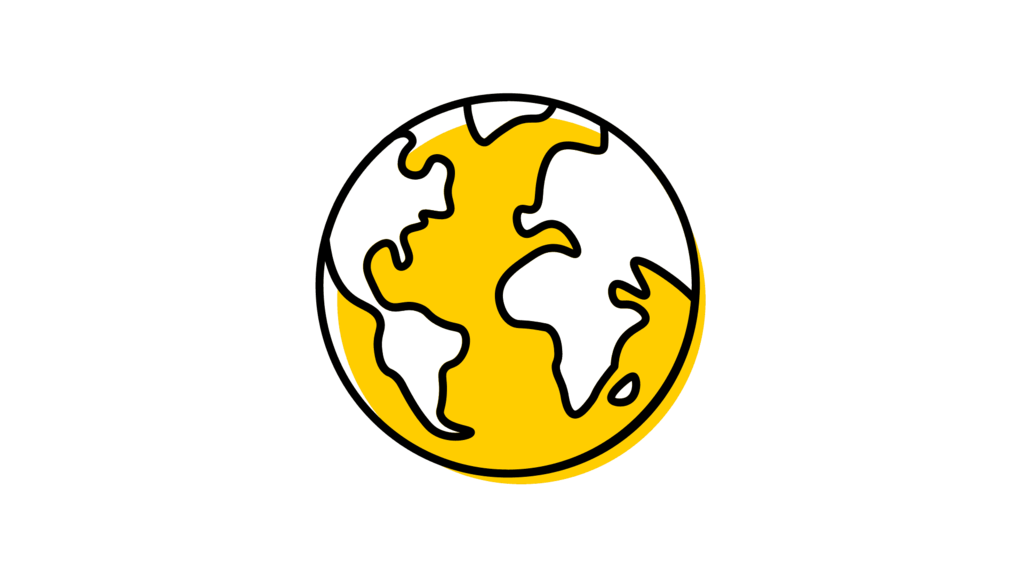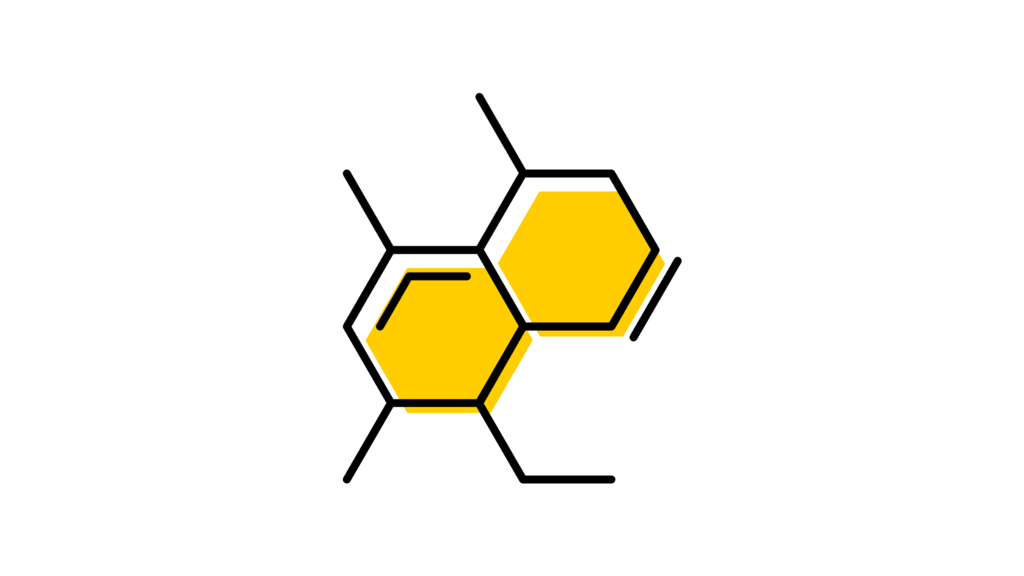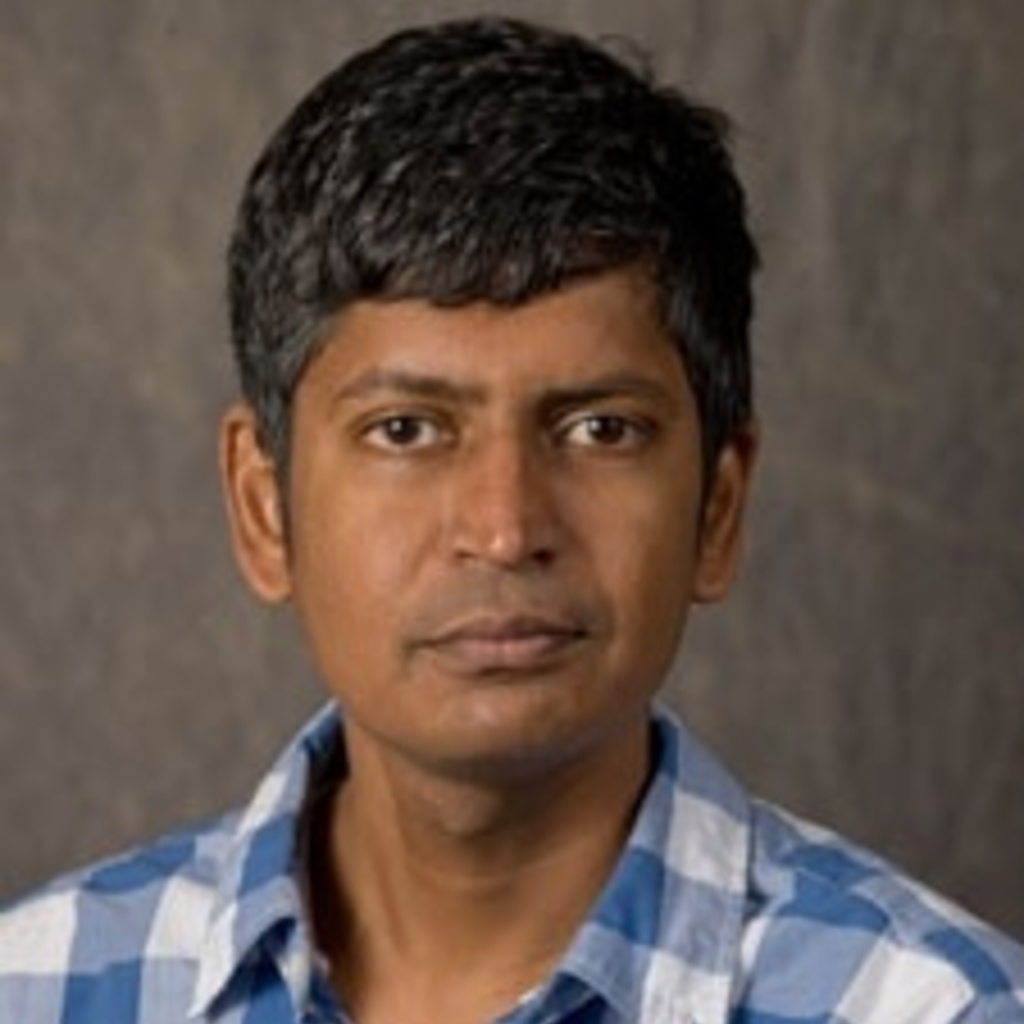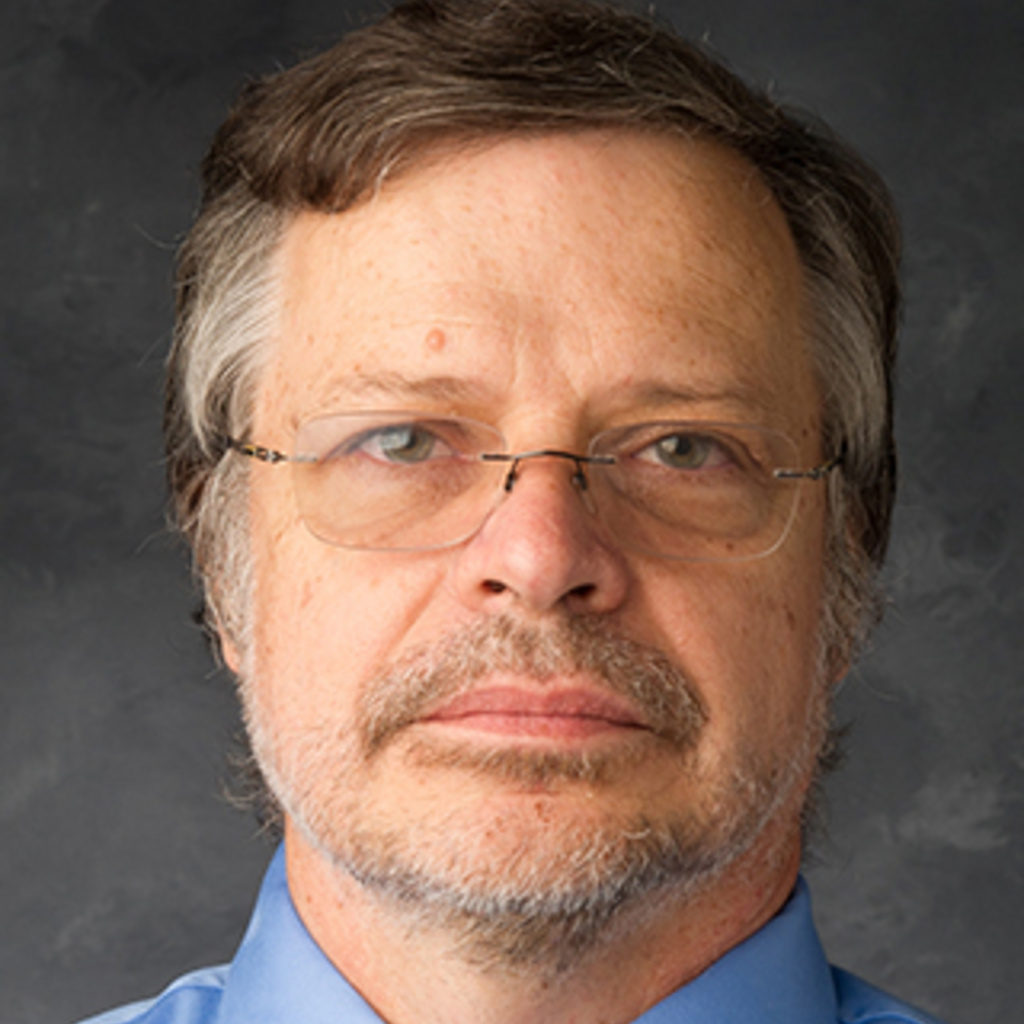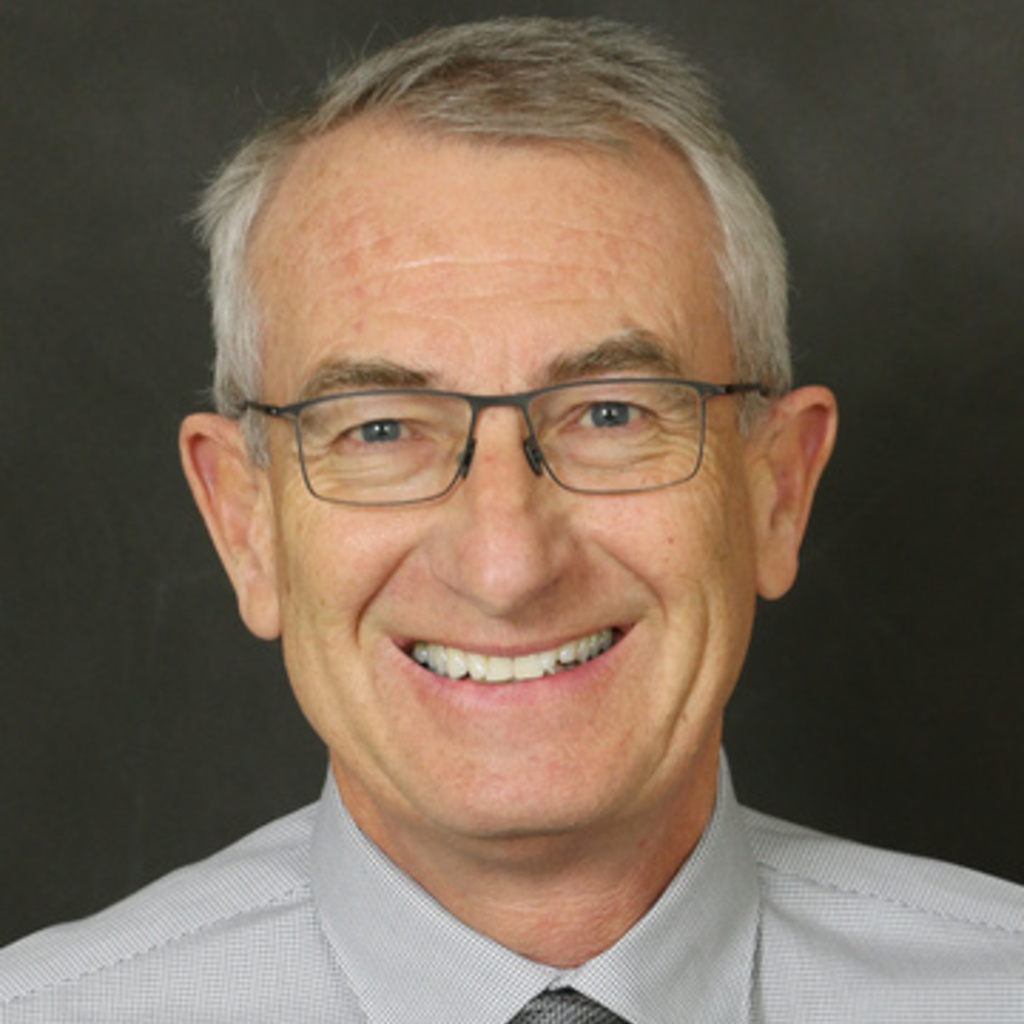Main navigation
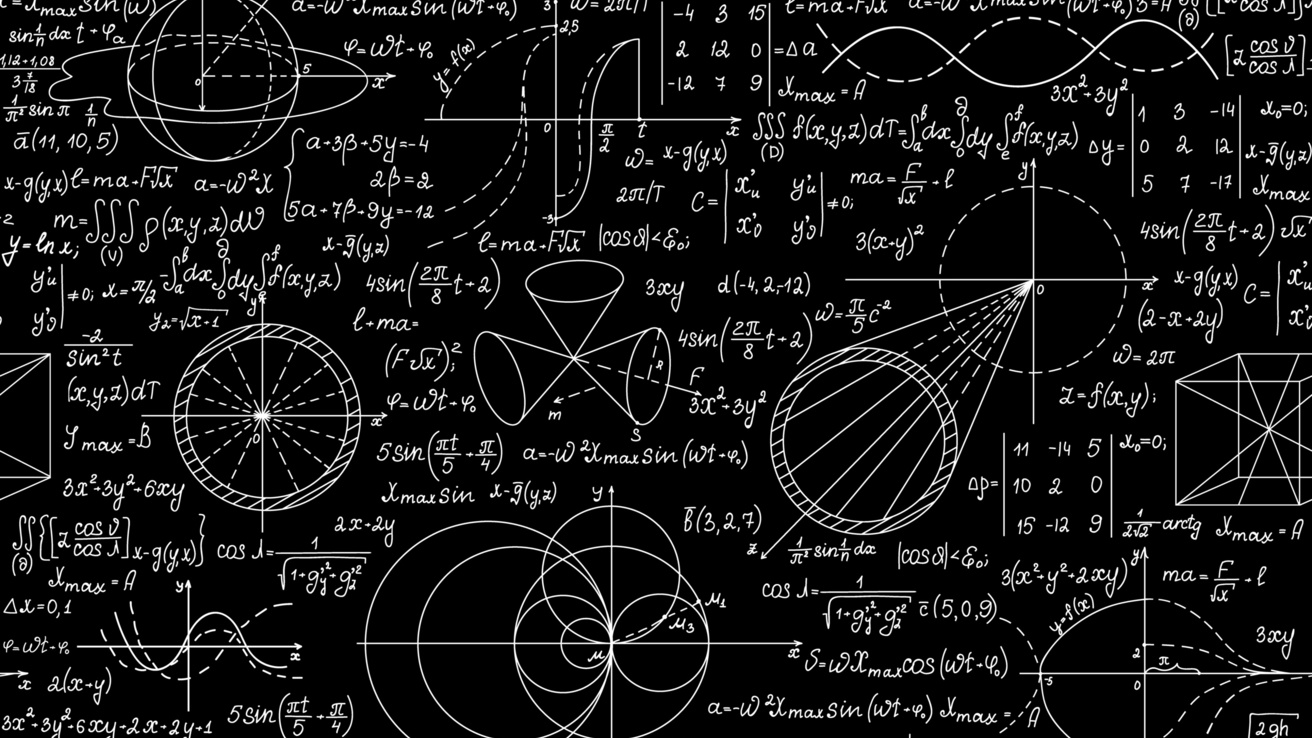
Many areas of electrical engineering, including medical imaging, signal processing, applied physics, controls, and communication systems, require advanced applied and pure mathematics. Mathematical areas of interest for current research projects include topology, geometry, smooth manifolds, differential geometry, abstract algebra, analysis, optimization, numerical methods, probability, and statistics.
Related Faculty

All modern systems used to communicate information are electronic and/or electro-optical systems. Methods to improve the quality and reliability of communication systems and computer networks, including bandwidth efficient modulation schemes, are being studied.
Related Faculty

The need to gather, store, retrieve, and analyze genomic datasets requires a computational capacity previously unimagined by computer users and designers. Advances in computer engineering over the past two decades have provided an opportunity to solve genomic problems on a staggering scale. In addition, the demands of these applications are driving the development of new computer systems and computational methods.
Related Faculty

Manufacturing plants, earth-moving equipment, airplanes, and cars all use sophisticated control systems to achieve high accuracy, reliability, and efficiency. Methods to design robust control systems, the use of neural networks in control, and the control of smart structures and multiple co-operating robots are under investigation.
Related Faculty
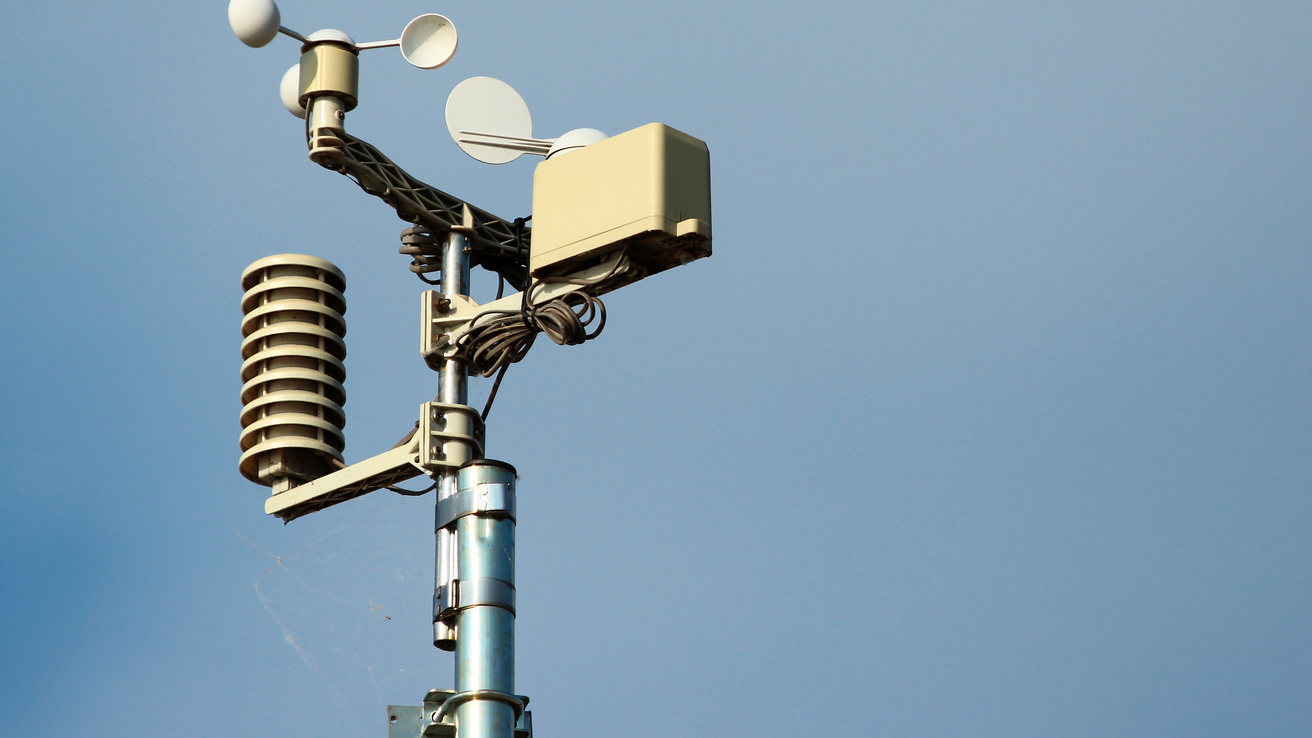
This area of study includes meteorological radars, disdrometers, visualization and management of large datasets (terabyte weather radar datasets), embedded systems, wireless sensor networks (underwater, subsurface radio communication, and antennas).
Related Faculty

Research is focused on tracking and differentiating between physical processes and natural elements in the environment that are difficult to analyze using conventional signal processing and pattern recognition techniques. Applications include but not limited to water sustainability regarding fecal pathogens, sonar target recovery in shallow water, discovering chorus wave signatures in planetary ionospheres, and petroleum fingerprinting of oil spills, among many others.
Related Faculty

This area involves engineering the properties of electrons, photons, spins, and phonons in micro- and nano-structured semiconductors to develop novel optoelectronic devices and systems. Computer-based analytical modeling for optimized device design, chemical processing for device fabrication, and various optical, electrical, and thermal testing techniques for device performance characterization. Target applications include high sensitivity and specificity sensors, biomedical imaging, and photovoltaic energy generation.
Related Faculty

Efficient analysis of large scale, heterogeneous, multi-site data collections using modern high performance computing (HPC) resources; deploying software-engineered solutions that harness the power of modern HPC infrastructures (many-core laptops/accelerator cards, distributed storage solutions, centralized data repositories, and large cluster computing resources) to extend the utility of well-established single-user analysis tools for the analysis and knowledge extraction from large data repositories.
Related Faculty
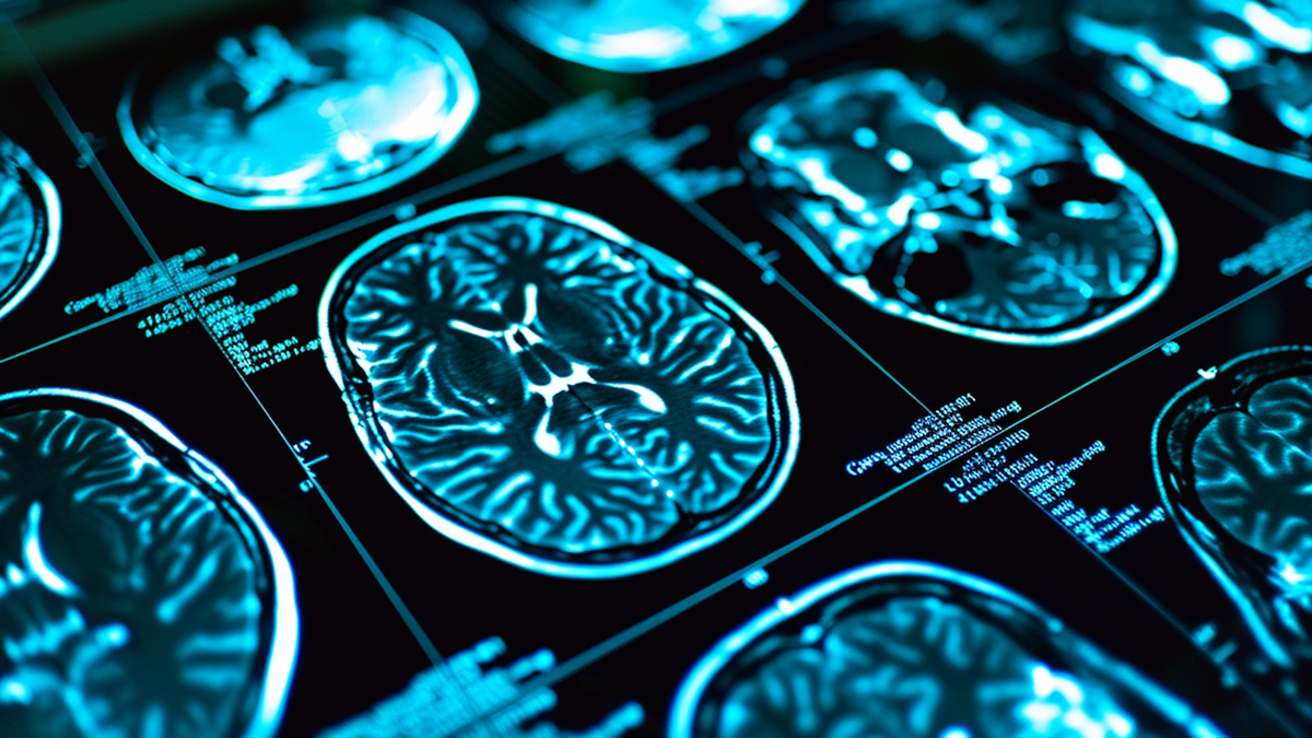
The availability of sophisticated medical imaging systems such as computed tomography (CT), ultrasound, magnetic resonance imaging (MRI), X-ray radiography, and positron emission tomography (PET) has revolutionized the practice of medicine. Parallel advances in automated image interpretation have been lacking. Quantitative methods to analyze images of the brain, lungs, and heart obtained with a variety of imaging methods are being developed.

Nanotechnology is the branch of technology that deals with dimensions that are 10,000 smaller than the width of the hair. Nanoscience and nanotechnology involve the ability to see and to control individual atoms and molecules. Utilizing the nanofabrication and nanoimaging facilities available on campus, nanoscale transistors, optical circuits, biosensors, and solar cells are being developed.
Related Faculty

Lasers and fiber optics devices are bringing on technological advances similar in scope to those that came into vogue after the invention of modern electronic devices. Methods to design new laser systems, photonic devices, and spectroscopy are under investigation.
Related Faculty

To solve large scientific and commercial problems in a cost-effective manner, a large number of computers can be used to solve a single problem. Methods to design, program, and tailor the use of network computers are being investigated.
Related Faculty

Modern communication systems and identification and authentication systems use electronic signals. For example, voice identification systems convert voice into electrical signals, and properties unique to a speaker's voice help identify the speaker. Methods to improve the reliability of signal processing systems are under investigation. Also under investigation are multirate signal processing methods, as applied to the theory of filter bands, short-term Fourier transform and the wavelet transform.

Efficient and effective use of computers requires programming techniques that facilitate the development of computer programs and user-friendly utilization environments. Development of programming environments and algorithms for issues including parallel program portability, parallel debugging, and checkpoint migration in heterogeneous computer systems are being investigated.
Related Faculty
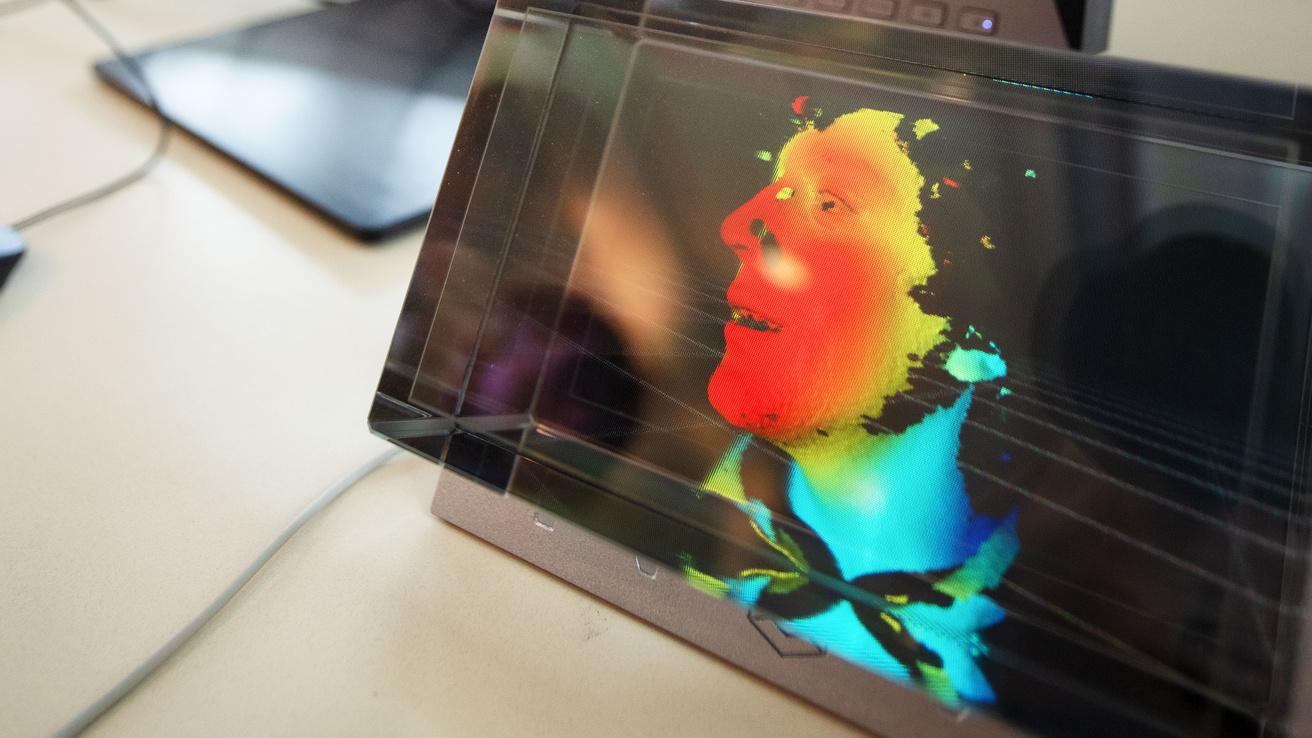
Innovations in high-quality, low-bandwidth 3D video communications will transform how we communicate with one another every day. They also have the potential to realize many future applications, including those within telepresence, telemedicine, the digital arts, homeland security, and remote surgery. This group's research focuses on innovating within the areas required to achieve accurate and realistic 3D video communications, including high-speed, high-resolution 3D measurement and imaging; 3D geometry/3D video encoding and compression; virtual reality (VR) and augmented reality (AR) systems; computer graphics; human computer interaction; and multimedia on mobile devices.
